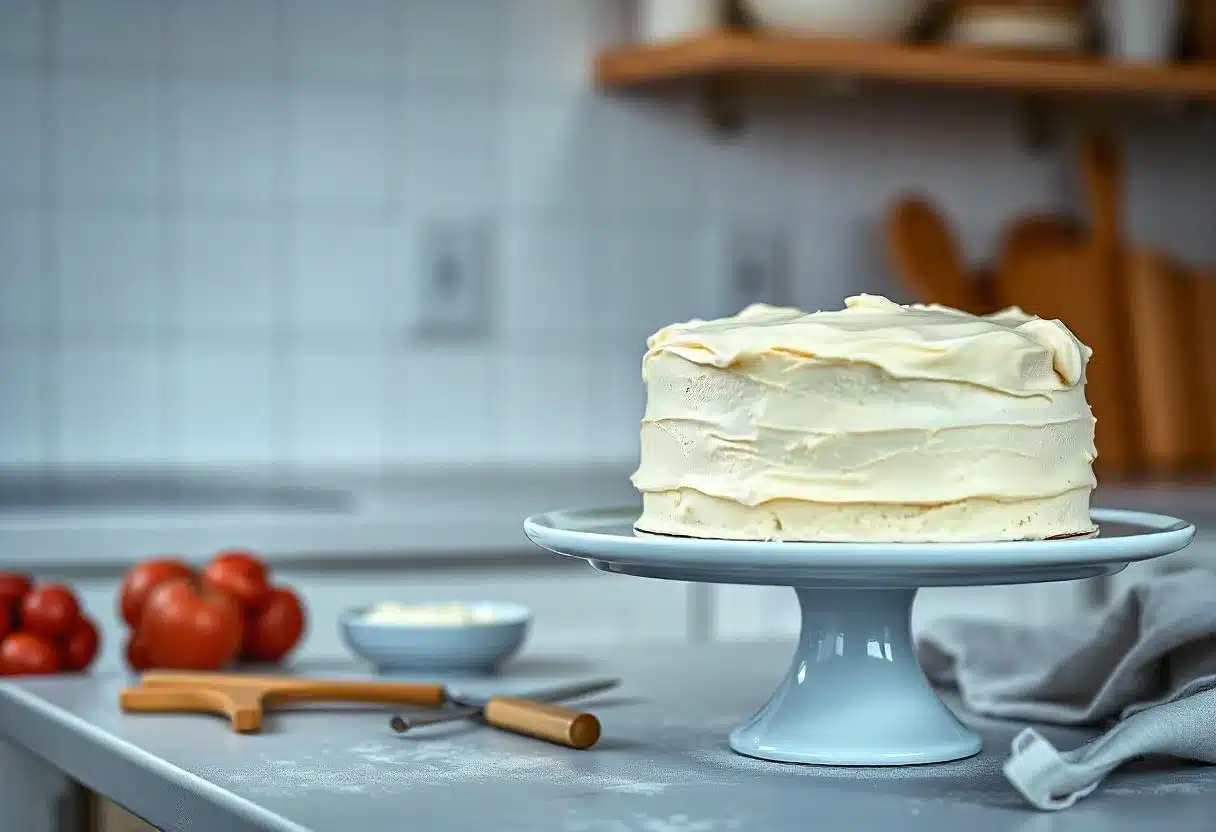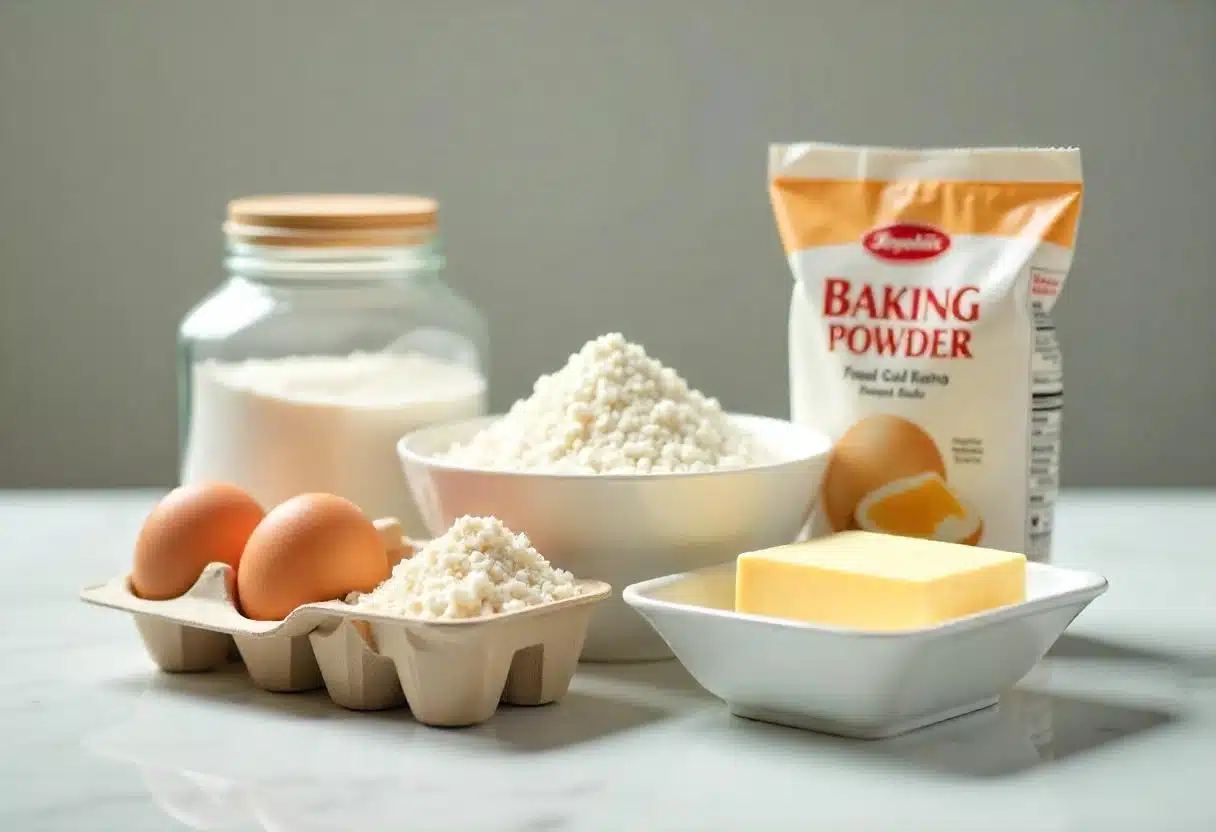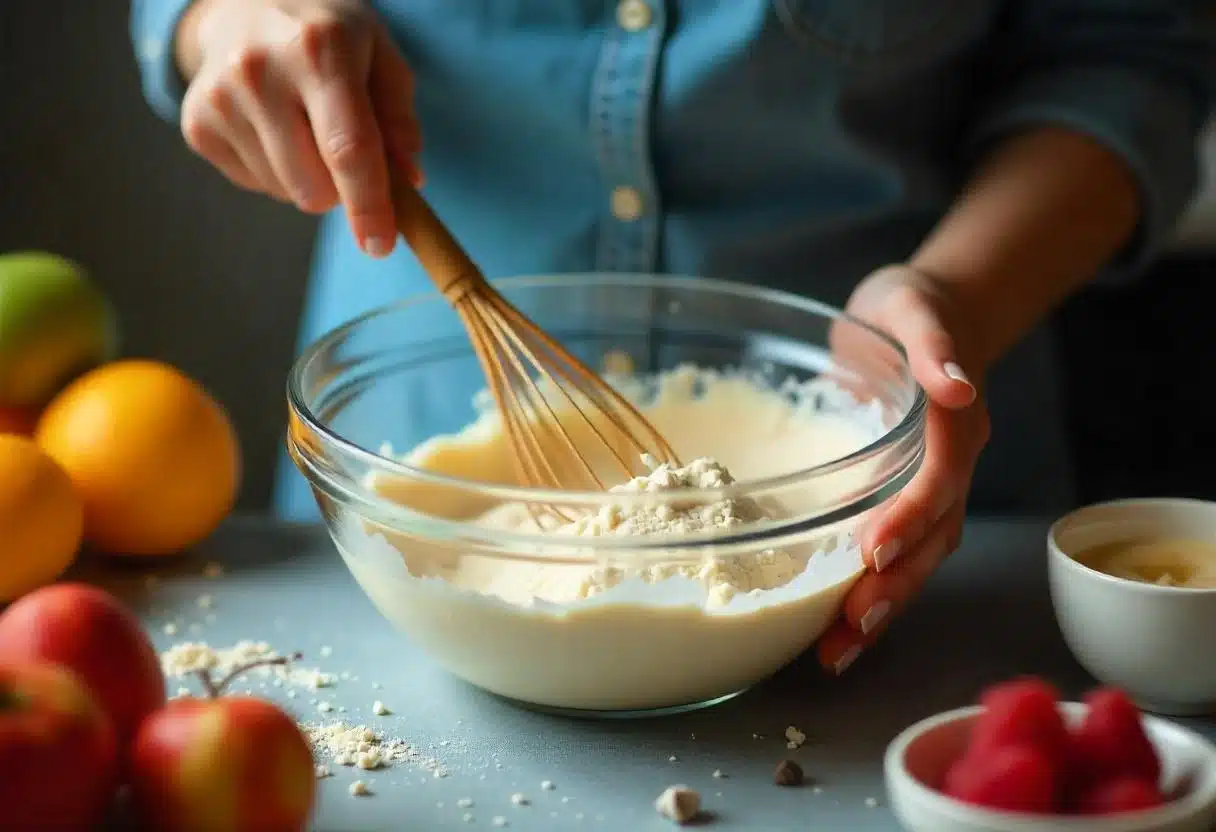Okay, so you’re thinking about baking a cake? Awesome! It’s like a little bit of kitchen magic, right? But what are the real must-haves when it comes to making a delicious cake? Well, every cake, whether it’s a towering masterpiece or a simple, comforting treat, relies on five key ingredients. Knowing what are the 5 main ingredients in cake isn’t just about following a recipe; it’s about understanding the very heart of baking. Think of it as getting to know your cake’s best friends – the ones that make it rise perfectly, taste absolutely amazing, and bring back that warm, nostalgic feeling we all adore.
Understanding these key elements is the first step towards baking greatness!
The 5 Essential Cake Ingredients
Here’s a closer look at the five core ingredients that are fundamental to baking a cake, making it, well, a cake! We’ll explore why each is important, how they work together, and I’ll also share some helpful tips and tricks along the way. Knowing what are the 5 main ingredients in cake is your foundation for all your baking adventures.
Flour: The Foundation of Your Cake
- Why it’s essential: Flour is truly the backbone of your cake. It provides the structure, giving it that lovely form and shape that we all recognize. It acts like the scaffolding that holds everything together.
- The science behind it: Flour is packed with gluten, a type of protein. When mixed with liquid, this gluten forms a stretchy network. This network is what gives your cake its elasticity and ensures all the ingredients are bound together beautifully.
- Choosing the right flour: All-purpose flour is a reliable, versatile choice for most cakes. However, if you’re aiming for a more delicate, tender crumb, then cake flour is a fantastic option that will do the trick.
- Tips: Be careful not to overmix your batter once you’ve added the flour. Overmixing can develop the gluten too much, resulting in a tough cake. We want light and fluffy, not tough!
Sugar: The Sweetness and More
- Why it’s important: Ah, sugar! It’s not just about the sweetness. Sugar plays several vital roles in cake-making. It not only provides that delightful sweetness we all crave but also helps with the browning process and keeps your cake beautifully moist.
- The multiple roles of sugar: Sugar caramelizes during baking, creating that lovely golden crust we often see. Moreover, it also attracts moisture, which helps your cake stay soft and delicious for longer.
- Types of Sugar: Granulated sugar is most commonly used in cake recipes, but don’t be afraid to experiment with other types. Brown sugar, for example, can bring a richer, deeper caramel-like flavour to your cake.
- Tips: When using brown sugar, always pack it into your measuring cup tightly to ensure you’re using the right amount. This small step can make a big difference in the final texture of your cake.
Eggs: The Superheroes of Binding and Rise
- Why they’re crucial: Eggs are truly the superheroes of cake-making. They wear many hats, acting as binders, leavening agents, and contributors of both moisture and richness to your cake. They’re essential for that perfect rise and moist texture.
- Eggs at work: Eggs create a smooth, emulsified batter and give the cake that lovely lift we all love. This lift is also known as “leavening”.
- Egg Substitutes: If you’re vegan or have allergies, there are good alternatives available. Flax eggs (1 tbsp flaxseed meal mixed with 3 tbsp of water) or unsweetened applesauce can be great substitutes that work really well.
- Tips: Use room-temperature eggs when you can. They emulsify much better, leading to a smoother batter and a more consistent cake.
Fat (Butter or Oil): The Key to a Moist and Rich Cake
- Why it’s important: Fat is the secret to creating a truly moist and delicious cake. It’s what gives your cake that wonderful, melt-in-your-mouth texture.
- The role of fat: Fat adds richness, enhances the overall texture, and helps prevent your cake from drying out. A little fat goes a long way!
- Butter vs. Oil: Butter provides a richer, more complex flavour to your cake, while oil often results in a more tender, moist crumb. The choice is all about your personal preference and the specific result you’re aiming for. For more insight into the use of butter in baking, you might find this article interesting: Does Mary Berry use butter or margarine?
- Tips: If your recipe calls for softened butter, make sure it is indeed soft. This will help it blend smoothly into your batter, so you won’t have any lumps or inconsistencies.
Leavening Agents (Baking Powder/Soda): The Rising Stars
- Why they are essential: Leavening agents are the key to a light and fluffy cake. These guys create the bubbles within the batter, which causes it to rise beautifully during baking.
- How they work: Baking powder contains both an acid and a base, making it a complete leavening agent. Baking soda, on the other hand, needs an acid to react properly, such as buttermilk or lemon juice.
- Tips: Always check the expiration date on your baking powder or baking soda. Using expired leavening agents will result in a cake that doesn’t rise properly.
Step-by-Step Cake Baking
Now that you know what are the 5 main ingredients in cake and their roles, let’s move on to the practical side of things. I’ll break down the general steps for making a basic cake, so you’ll have the know-how to follow any recipe with confidence!
1. Prep for Success
- Read Your Recipe First: Before grabbing any tools, read the whole recipe from beginning to end, making sure you understand each step. This will help avoid any last-minute surprises.
- Gather Your Tools: Get all your measuring cups, spoons, mixing bowls, baking pans, and any other tools ready. It’s like prepping your kitchen for a performance.
- Preheat the Oven: Don’t forget to preheat your oven to the right temperature. A preheated oven is essential for even baking.
- Prepare Your Pans: Grease and flour your baking pans, or use parchment paper for lining. This will make it much easier to remove your cake later.
2. Mixing it Up Like a Pro
- Cream Butter and Sugar: If your recipe says to do so, cream the softened butter and sugar together until they become light and fluffy. This is an important step as it sets the base for your cake.
- Add Eggs Gradually: Beat the eggs in one at a time. Ensure they are fully incorporated into the mixture and that everything is smooth.
- Combine Dry Ingredients: In a separate bowl, whisk together the flour, leavening agents, and any spices. This will ensure they are distributed evenly in the batter.
- Alternate Wet and Dry: Add the dry ingredients to the wet ingredients in batches, alternating with any liquids called for in the recipe. Mix until just combined, and don’t overmix!
- Add Optional Mix-ins: Gently fold in any extra ingredients, such as chocolate chips, nuts, or fruits, until they are evenly distributed.
3. Bake it Till It’s Golden Brown
- Pour and Bake: Pour the prepared batter into your prepped baking pans and bake according to your recipe’s instructions.
- Check for Doneness: To see if your cake is ready, insert a toothpick into the center. If it comes out clean or with a few moist crumbs, it’s perfectly baked.
- Cool it Carefully: Allow the cake to cool in the pan for several minutes before transferring it carefully to a wire rack to cool down completely.
4. Frost and Enjoy!
- Frosting Time: Once the cake is completely cool, it’s time to frost and decorate it! This is where you can get creative and have fun.
- Serve and Enjoy: Slice a piece of your creation and enjoy it with your family and friends. You’ve earned it!
For a visual guide on mixing techniques, check out this youtube video from Preppy Kitchen: How to mix cake batter.
Baking Tips and Tricks for Even Better Cakes
Okay, now, let’s discuss ways to make your cake even more amazing. Here are some pro tips and tricks to enhance your baking game:
Essential Tips for Baking Success:
- Prioritize Ingredient Quality: Always use the best quality ingredients you can find. Fresh, good-quality ingredients truly impact the final taste and texture of your cake.
- Accuracy in Measurement: This is one of the most crucial steps in baking, where measuring accurately is not optional. Use measuring cups and spoons to ensure your ingredients are in perfect ratio to each other.
- Room Temperature is Key: Make sure your eggs, butter, and any milk are at room temperature before you start baking. This will help them blend smoothly and result in a better cake.
- Avoid Overmixing: Mix only until the ingredients are just combined. Overmixing is one of the most common mistakes that make a cake tough.
- Use an Oven Thermometer: Ensure your oven is at the right temperature by using an oven thermometer, as this will result in more even baking.
- Master the Toothpick Test: This test is a reliable way to tell if your cake is done. Insert a toothpick into the center, and if it comes out clean or with a few moist crumbs, your cake is ready!
Creative Customization Options:
- Flavor Boosts: Experiment with extracts such as vanilla, almond, or lemon for a depth of flavor. Adding spices like cinnamon, nutmeg, or cardamom can also bring a sense of warmth to your cake.
- Texture Tweaks: For an extra touch of texture, fold in ingredients like nuts, chocolate chips, dried fruits, or even some zest.
- Dietary Swaps:
- Vegan Cakes: Substitute flax eggs for chicken eggs and use plant-based butter or oil in place of traditional fats.
- Gluten-Free Cakes: Use a gluten-free flour blend instead of regular flour.
- Creative Frosting Ideas: There are so many types of frosting that you can experiment with, like buttercream, cream cheese frosting, or rich ganache. If you are looking for inspiration, you could check out Mary Berry’s Chocolate Cake Recipe.
Troubleshooting Common Baking Issues:
- Cake is Too Dense: This often occurs if you’ve overmixed the batter or used too much flour.
- Cake is Dry: This can happen if you’ve overbaked it or haven’t used enough fat or moisture in your batter. If you’re looking for ways to prevent this, you can check out this helpful article on how do you keep chocolate cake moist?
- Cake has a Dome: If your cake develops a dome on the top, it usually indicates that your oven is too hot. Lower the temperature and use baking strips to fix this problem.
- Cake Isn’t Rising: Old leavening agents are most likely the culprit. Always make sure they’re fresh.
For a great resource on common cake mistakes and how to fix them, check out this article from Sally’s Baking Addiction: How to Prevent a Dry or Dense Cake.
Frequently Asked Questions (FAQ)
Now, let’s dive into some of the most common questions that people have when they think about what are the 5 main ingredients in cake.
What exactly are the 5 key ingredients of a cake?
What are the 5 main baking ingredients, and how do they compare to the cake ingredients?
If we were to expand to 10 ingredients of cake, what would we add?
What is a secret ingredient that can make cakes even more memorable?
So, there you have it! The wonderful world of cake ingredients, all demystified. You now know what are the 5 main ingredients in cake and the role they play! It’s like having an inside look at what goes on in a bakery’s kitchen. It’s not just about following recipes blindly. It’s about understanding each ingredient, what it contributes, and how you can adjust them to create your perfect cake.
Baking should be an enjoyable experience, so feel free to experiment, try different flavours, and put your own unique stamp on your creations. Whether you’re a seasoned pro or a beginner, always remember that it takes practice, and that even “imperfect” cakes are still incredibly delicious! If you want to bake a simple and delicious cake, check out this recipe for school cake.
Happy Baking!




Leave a Reply